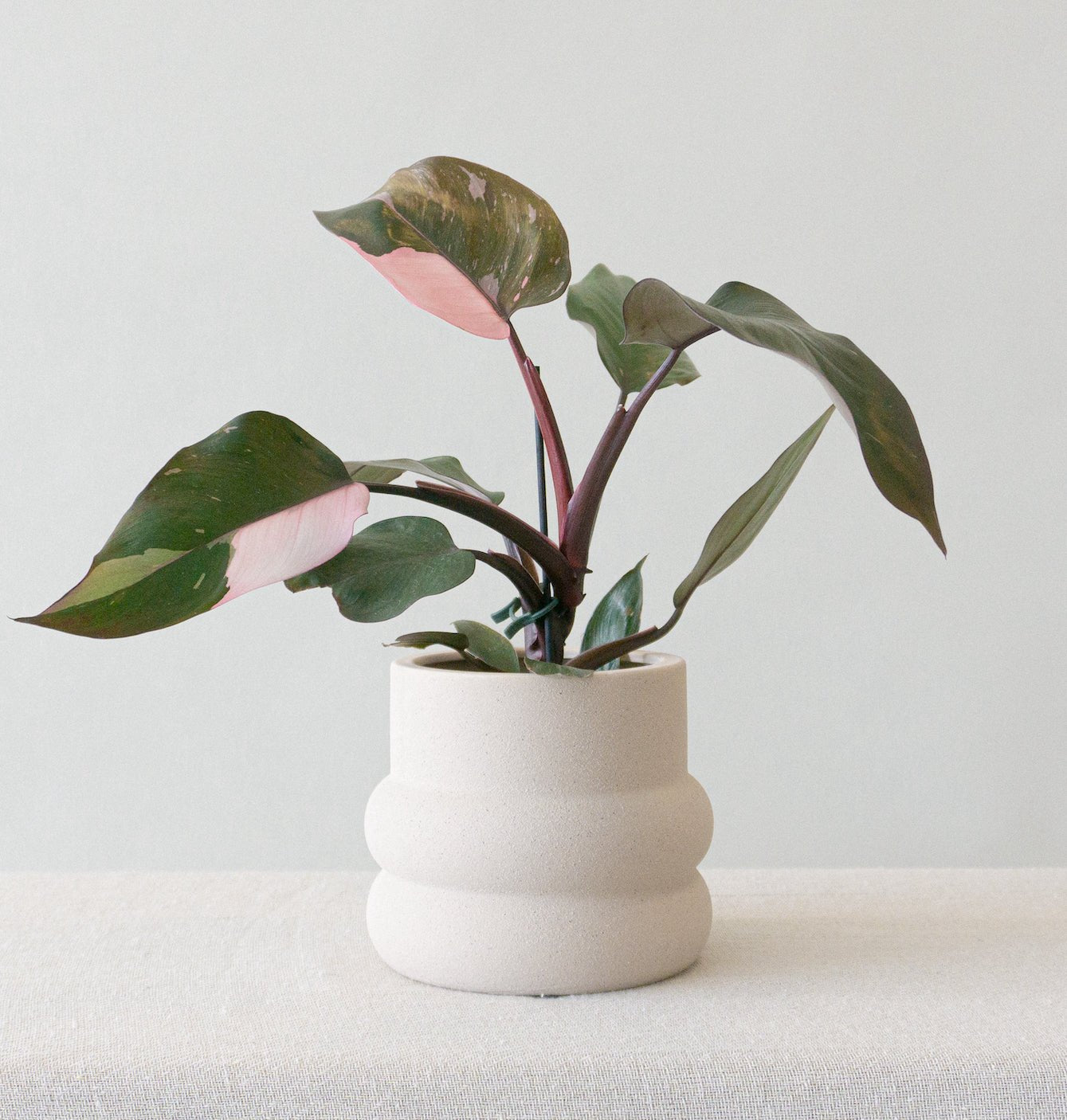
Pink Perfection: Your Complete Guide to the Philodendron Pink Princess
Enter the world of plant enthusiasts, and you'll quickly encounter the Philodendron Pink Princess, a botanical gem that has captured the hearts of many with its exquisite variegation. This captivating houseplant, with its striking combination of deep green foliage adorned with stunning pink patterns, is a sight to behold. In this comprehensive blog, we will explore the fascinating aspects of the Philodendron Pink Princess, from its origin and growth characteristics to its care requirements and propagation techniques. Prepare to be mesmerised by the allure of this botanical treasure.
